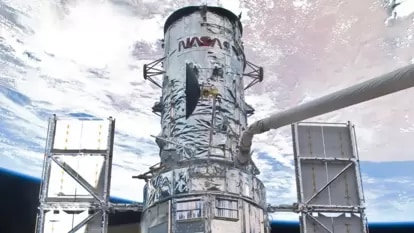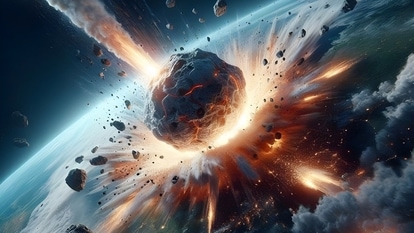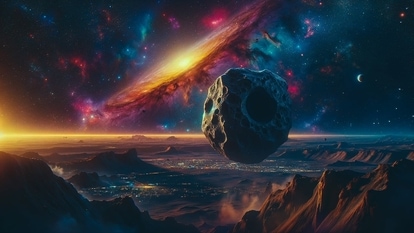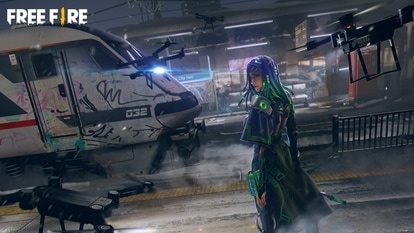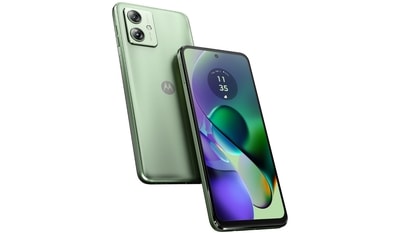Boeing and NASA launch Starliner space capsule for a rendezvous with International Space Station
Boeing Co. and NASA launched the long-delayed Starliner space capsule for a planned rendezvous with the International Space Station, following two earlier failed attempts for a program that has bedeviled the company and left SpaceX as the only American option for ferrying astronauts.
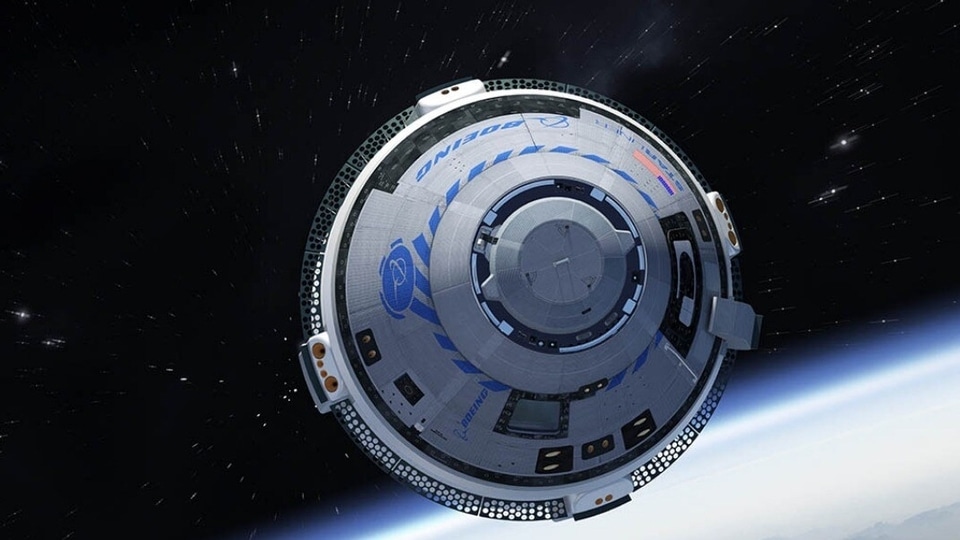

Boeing Co. and NASA launched the long-delayed Starliner space capsule for a planned rendezvous with the International Space Station, following two earlier failed attempts for a program that has bedeviled the company and left SpaceX as the only American option for ferrying astronauts.
The United Launch Alliance Atlas V rocket launched the craft, without crew, from Kennedy Space Center in Florida at 6:54 p.m. ET Thursday for a day-long cruise to the space station.
The CST-100 Starship is scheduled to arrive about 24 hours later on Friday and plans to test multiple docking technologies that Boeing was unable to perform during a December 2019 flight cut short by software flaws.
Boeing and NASA engineers are exploring why two of the 12 thrusters situated at the aft of the spacecraft failed during a key maneuvering burn, although flight computers quickly switched to other thrusters, NASA's commercial crew program manager Steve Stich said in a news briefing hours after the launch. The thrust system is also used in early phases of the Starliner's approach to the space station and when it de-orbits to commence its return to Earth.
“The system is designed to be redundant and worked as designed, and now the team is working on why we had those anomalies occur,” said Mark Nappi, Boeing's Starliner manager. Engineers may be able to resolve the thruster issues during the flight, Stich said.
A system that removes heat from the spacecraft interior, called a sublimator, also performed “sluggishly” during the ascent and will be probed, Stich said.
The test flight comes at a critical moment for Boeing, which is trying to overcome years of challenges with Starliner's development. Boeing has tallied $595 million in extraordinary charges to cover Starliner delays, including $185 million last October. Moreover, Chief Executive Officer Dave Calhoun is under fire from customers and investors as Boeing struggles to meet deadlines and technical standards across its product lineup.
“We wouldn't be here right now if we weren't confident this would be a successful mission,” astronaut Butch Wilmore said Wednesday during a prelaunch news briefing with NASA officials. Wilmore was joined by astronauts Sunita Williams and Mark Fincke; the three have been working with Boeing on the development, and each is hoping to be selected for a future Starliner flight.
Second Transport
NASA is keen to gain a second transport option for its commercial crew program, a goal set eight years ago with contract awards to Boeing and Elon Musk's Space Exploration Technologies Corp. to build and operate vehicles to fly astronauts to and from the space station. SpaceX has flown four astronaut rotations to the ISS, with its last launch on April 27 and the fifth planned for September.
Getting the vessel aloft has been just one of multiple challenges confronting Boeing, including delays in delivering its flagship wide-body commercial aircraft, the 787, and parts shortages that have slowed output of the best-selling 737 Max. Boeing is also involved with the ongoing work to ready a separate NASA project, the massive SLS rocket for moon missions, for a launch after years of delays and cost overruns.
If the flight test doesn't uncover any additional large issues, the plan is to have the program ready for a flight test with astronauts by the end of 2022. Starliner's regular ISS crew rotations would then begin in 2023, barring further glitches.
The last Starliner launch attempt, in August, was scrubbed after multiple valves on the propulsion system used in space became unresponsive shortly before the planned flight. That prompted extensive testing and led engineers to better seal the valves and prevent moisture seepage, which was believed to have contributed to a chemical reaction that prevented their operation.
The prior 2019 attempt, in which the Starliner spent 48 hours in orbit, was marred by what a NASA review panel later deemed two “critical software defects.” The Starliner suffered a problem with its mission timing software shortly after reaching space, with the craft showing an elapsed time 11 hours different from the actual mission time. That caused it to fire multiple thrusters too early, burning too much propellant to allow for the craft to continue to the space station. Five months later, Boeing said it wanted to perform a second uncrewed demonstration flight.
Catch all the Latest Tech News, Mobile News, Laptop News, Gaming news, Wearables News , How To News, also keep up with us on Whatsapp channel,Twitter, Facebook, Google News, and Instagram. For our latest videos, subscribe to our YouTube channel.



